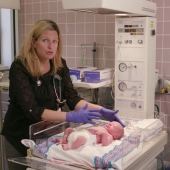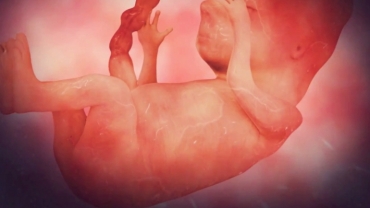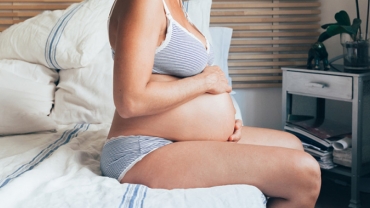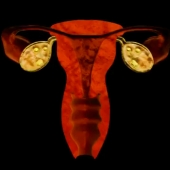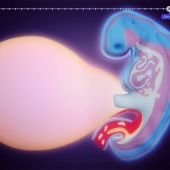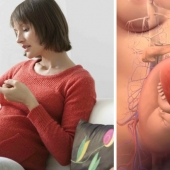Menstrual cycle is the cycle of changes that occurs in the uterus and ovary for the purpose of sexual reproduction. It is essential for the production of eggs and for the preparation of the uterus for pregnancy. The menstrual cycle occurs only in fertile female humans and other female primates.
Ovulation is the phase of a female’s menstrual cycle in which a partially mature ovum that has yet to complete Meiosis II is released from the ovarian follicles into the oviduct. After ovulation, during the luteal phase, the egg will be available to be fertilized by sperm. Concomitantly, the uterine lining (endometrium) is thickened to be able to receive a fertilized egg. If no conception occurs, the uterine lining as well as blood will be shed during menstruation.
Each month, between 15 and 20 eggs mature inside your ovaries. The ripest egg is released and swept into one of your fallopian tubes. Your fallopian tubes connect your ovaries to your uterus.
The simplest way to work out your most fertile time is to note down the length of your menstrual cycle. Then look out for signs of hormonal and physical changes in your body. You’ll start to notice signs that you’re fertile about five days before you ovulate. Ovulation usually occurs between 12 and 14 days before your period starts. This is an average, so it could be a couple of days earlier or later.
For example, say you have a regular 28-day menstrual cycle. Count the first day of your period as day one. Your fertile window is likely to be around days 12 to 17. However, a lot of women have an irregular cycle. If your cycle is irregular, ovulation may occur a week earlier or later from one month to the next.
- 275 views



